PPT-Pipelined Control Overview
Author : mitsue-stanley | Published Date : 2018-10-28
This design shows the correct logic for synchronizing control signals and instructions but lacks forwarding logic and hazard detection Data Hazards in ALU Instructions
Presentation Embed Code
Download Presentation
Download Presentation The PPT/PDF document "Pipelined Control Overview" is the property of its rightful owner. Permission is granted to download and print the materials on this website for personal, non-commercial use only, and to display it on your personal computer provided you do not modify the materials and that you retain all copyright notices contained in the materials. By downloading content from our website, you accept the terms of this agreement.
Pipelined Control Overview: Transcript
Download Rules Of Document
"Pipelined Control Overview"The content belongs to its owner. You may download and print it for personal use, without modification, and keep all copyright notices. By downloading, you agree to these terms.
Related Documents

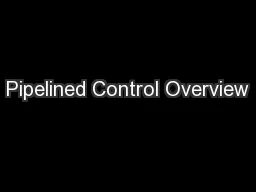
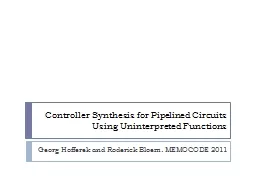
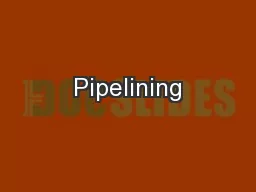
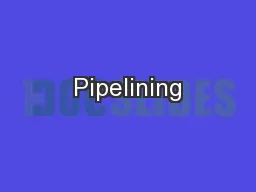
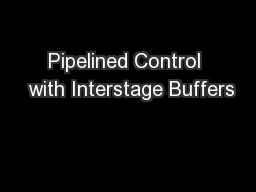
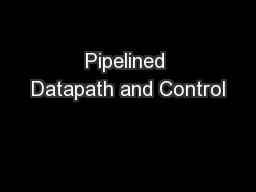

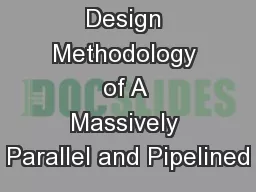
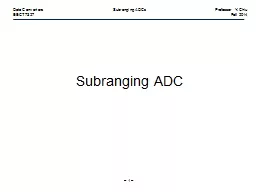
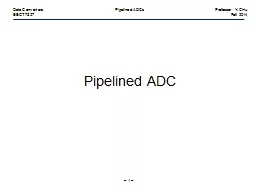

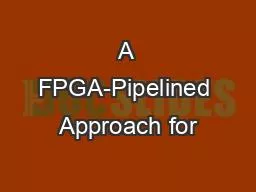
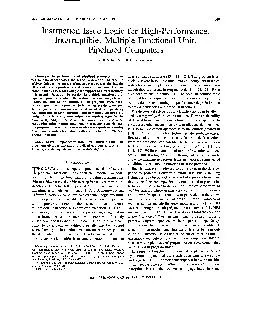
![[READING BOOK]-The Cray X-MP/Model 24: A Case Study in Pipelined Architecture and Vector](https://thumbs.docslides.com/971350/reading-book-the-cray-x-mp-model-24-a-case-study-in-pipelined-architecture-and-vector-processing-lecture-notes-in-computer-science-374.jpg)